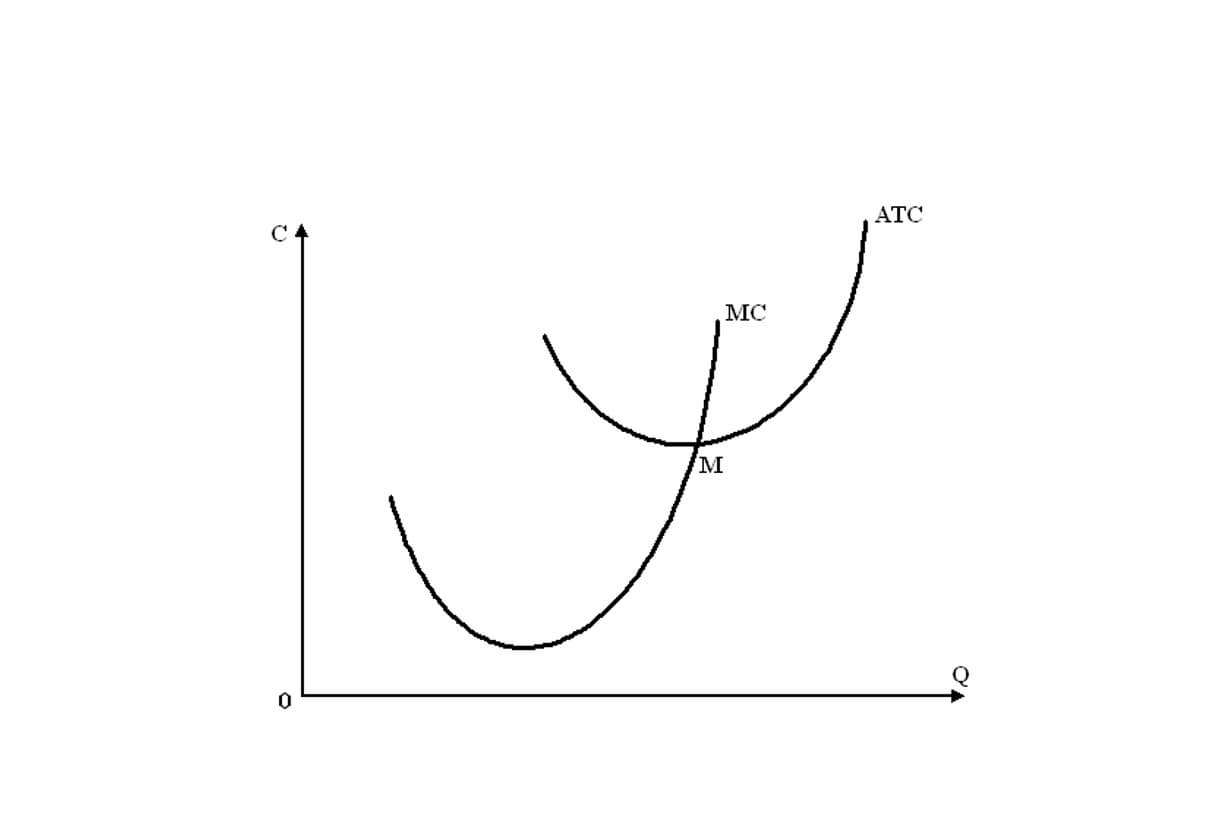Intangible Assets Accumulated Amortization

On the balance sheet, accumulated amortization is recorded as a deduction below the intangible asset it relates to. This presentation allows stakeholders to see the original cost of the asset and the amount by which its value has been reduced due to amortization. By subtracting accumulated amortization from the cost of the intangible asset, the net carrying value or book value of the asset can be determined. When an intangible asset is acquired, its cost is QuickBooks ProAdvisor recorded on the balance sheet as an asset. However, rather than being reported at its original cost indefinitely, the asset’s cost is gradually reduced over time through amortization. After the first year, the accumulated amortization would be $10,000, which would be recorded as a contra asset account on the balance sheet.
Is the Calculation of Amortization for a Finance Lease Right of Use Asset Different?
- If the software costs $10,000 and has a 5-year life, the annual amortization is $2,000.
- This amount is then subtracted from the original cost of the asset to arrive at its net book value.
- Depreciable property is otherwise known as a depreciable asset, this is an asset that can be depreciated following the Internal Revenue Service (IRS) rules.
- The initial recognition value of the ROU asset is divided by the useful life.
- Since intangible assets contribute to business operations over many years, amortization ensures that their costs are spread out over time.
The reported balance of intangibles will decrease, but we can still see the original cost. It’s important to note that accumulated amortization is specific to each intangible asset and is not combined with other contra-asset accounts, such as accumulated depreciation for tangible assets. Each intangible asset has its own accumulated amortization account to track the reduction in value separately. Accumulated depreciation is the grand total of all depreciation expense that has been recognized to date on a fixed asset. As such, it is considered a contra asset account, which means that it contains a negative balance that is intended to offset the asset account with which it is paired, resulting in a net book value. If a business has been depreciating its fixed assets for a long time, then the balance in the accumulated depreciation account could be quite large.

Depreciation Calculation
- Accumulated Amortization can decrease the reported value of assets on the balance sheet over time, potentially affecting the overall financial position reflected in the financial statements.
- The lessee can use any systematic approach to calculate the amortization amount.
- The amortization expense increases (debit) by $1,000 as the value of the license declines by $1,000 with the increase (credit) of the accumulated amortization.
- Goodwill as we all know, is a measure of the synergy capacity that a company has developed over time through acquisitions.
- Accumulated Amortization reduces the value of intangible assets, thereby reducing the company’s net income as it increases expenses on the profit and loss statement.
- The amortization of loans is the process of paying down the debt over time in regular installment payments of interest and principal.
When a corporation obtains an intangible asset that depreciates over time, it is important to reduce its value on its balance sheet over time. Account of amortization expense is to be debited, while accumulated amortization is to be credited. Prepaid expense amortization is a method of accounting for a what are retained earnings prepaid expense’s consumption over time.
Accumulated Amortization on the Balance Sheet

It refers to the cumulative amount of amortization that has been charged against an intangible asset such as a patent, copyright, or franchise. An extract of Profit & Loss what is accumulated amortization A/c and Balance Sheet has been attached below for a better understanding of the presentation of amortization expenses. Intangible assets will be amortized, and tangible ones will be depreciated.
- The workspace is connected and allows users to assign and track tasks for each close task category for input, review, and approval with the stakeholders.
- When he’s not crunching numbers, Jason enjoys unwinding by playing guitar and piano, sharing his love for music with his wife and three kids.
- As each accounting period passes, the accumulated amortization account is incrementally increased by the amortization expense recorded on the income statement.
- After five years, the accumulated amortization totals $100,000, reducing the franchise agreement’s book value to $100,000.
- You can create it in Excel by using the PMT function to calculate the payment amount.
On track for 90% automation by 2027, HighRadius is driving toward full finance autonomy. Our Financial Close Software is designed to create detailed month-end close plans with specific close tasks that can be assigned to various accounting professionals, reducing the month-end close time by 30%. The workspace is connected and allows users to assign and track tasks for each close task category for input, review, and approval with the stakeholders. It allows users to extract and ingest data automatically, and use formulas on the data to process and transform it. Thomson Reuters provides expert guidance on amortization and other cost recovery issues that accountants need to better serve clients and help them make more tax-efficient decisions.


You would repeat this entry each year until the asset is fully amortized. Suppose a company purchases a patent for $100,000, and the patent has an estimated useful life of 10 years. The annual amortization expense for the patent would be $10,000 ($100,000 ÷ 10 years). The primary purpose of the balance sheet is to provide stakeholders with a snapshot of a company’s financial health, including its liquidity, solvency, and ability to generate future profits. Investors, creditors, and analysts use the balance sheet to assess a company’s financial position and make informed decisions.
